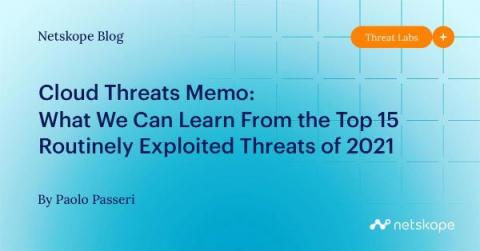How to avoid MFA prompt bombing attacks
Multi-factor authentication prompt bombing is the strongest proof that not all MFA solutions are secure. This social engineering technique has been generating a lot of interest in recent weeks as cybercriminal groups have deployed it successfully as in the case of the Lapsus$ attacks.











